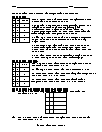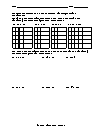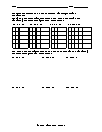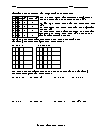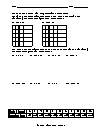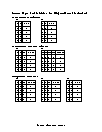Truth Tables for Disjunctions (Exclusive) Worksheets
What Are the Trends of Truth Tables for Disjunctions (Exclusive)? When dealing with the mathematics of possible values and scenarios, the truth table brings us the necessary easiness through which we can perform statement operations quite easily. However, to understand truth tables, you need to understand different operations and conditions that go with it. One of those is a disjunction. Now, there are two types of disjunctions, one of them is exclusive, and the other is inclusive. Today, we'll discuss the concepts of Inclusive Disjunctions. Disjunction means a standard "OR," where you have the option of choosing one from two or more operands. However, exclusive OR means that you have to choose one option. In other words, if you have options A and B, then you must choose one of them. You can neither choose both nor not choose at all. Let us take a real-world example: If you study well, then you will pass. Now, passing is dependent on studying, so if you don't study, then you cannot pass.
-
Basic Lesson
Demonstrates the concept of determining truth values for Disjunctions (Exclusive). Use a truth table to determine the possible truth values of the statement P ∨ Q. The symbol v represents a disjunction, which is a compound statement formed by joining two statements with a word that means 'or'. An exclusive disjunction is true when either one or both components (disjuncts) are true.
View worksheet -
Intermediate Lesson
Shows students how to determine truth values for Disjunctions (Exclusive).
View worksheet -
Independent Practice 1
Contains a mixture of problems using Disjunctions (Exclusive). Students must determine the truth value. Using the tables below, determine the truth values of the following exclusive disjunctive statements.
View worksheet -
Independent Practice 2
Features truth value questions with assorted concepts. Students concentrate on Disjunctions (Exclusive).
View worksheet -
Homework Worksheet
Features 6 Disjunctions (Exclusive) problems; students must determine the truth-value.
View worksheet -
Skill Quiz
10 truth value questions that include Disjunctions (Exclusive). Scoring matrix is provided.
View worksheet
Question...
If you took 100 people and put them in a room, and 63 had blue eyes, than how many people would have brown eyes? Answer: Since the odds are that at least a few of the people remaining would have either green or hazel eyes. The answer is: between 1 and 37.
